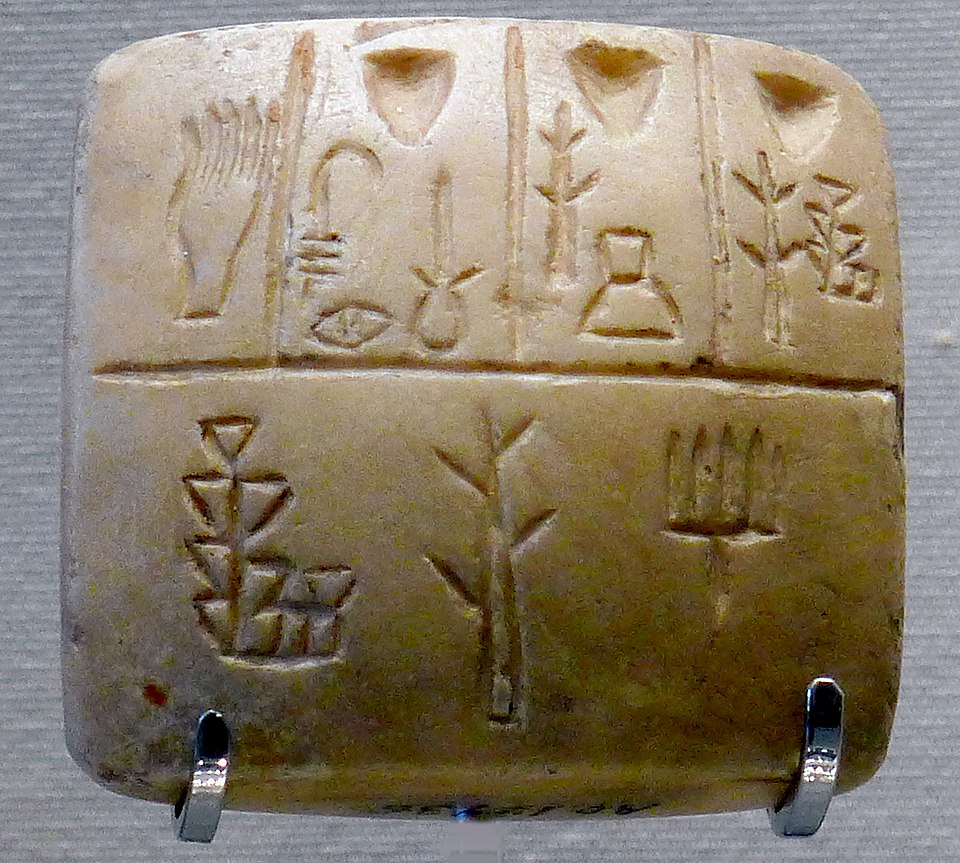Mainstream Ideology Defends Creditor Claims Over the Indebted Economy
Examining the debt crises that creditors have caused throughout history may help us out of a modern economic emergency.
Introduction
Money came into being as a medium to pay debts, but today’s monetary theory acts as if we are in a debt-free barter economy. What most people view as a monetary problem is basically a debt problem, which became more disruptive and polarizing as money and credit became more privatized throughout antiquity, culminating in Rome’s oligarchic economy.
The stages of monetary and financial development are the reverse of what the 19th century imagined to be a three-step sequence from barter to a monetized economy, culminating in modern credit economies. The primordial mode of exchange was credit, not barter or even the use of money for on-the-spot settlement. Debt arrangements were the norm for thousands of years before coinage emerged. Barter appears only as the final stage of debt-ridden economies, most notably in the monetary breakdown of the Roman Empire after the 4th century of our era capping a prolonged private-sector debt crisis.
Money Was Designed to Settle Debts
Viewing monetary silver or gold simply as commodities—or convertible into “hard money”—strips away money’s role as a social institution, and also its association with debt. That approach fails to recognize how Bronze Age palatial economies organized their monetary and debt management to maintain stability by preventing creditors from acting in the destructive ways that would later impoverish classical Roman antiquity, whose pro-creditor legal philosophy remains the basis for modern law governing debt and property relations.
The thought that money originated as a medium to settle debts rather than for bartering goods on the spot and that the major monetary debts were owed to public institutions, creates great distress among free-market economists who still follow Adam Smith’s description of money emerging from individuals “trucking and bartering,” and who recognize no catalytic role for public institutions. Governments are supposed to have gotten into the act belatedly, causing instability by irresponsible money creation and making matters worse by imposing bureaucratic price controls in an attempt to contain the resulting inflation.
Economic orthodoxy is further disturbed by the fact that Bronze Age fiscal policy gave priority to preserving economic balance, not to enforcing creditor claims. Rulers proclaimed Clean Slates annulling debts owed to the palace, its collectors, and other creditors.
The Privatization of Money and Social Polarization
These ideas—the origins of money as a means of paying obligations to public bodies, and canceling debts to promote long-term stability and growth—seem unthinkable today. At the heart of the free-market resistance to the historical record of money’s public origins, debt cancellations and the setting of early interest rates is the issue of whether governments or private creditors should be in charge of society’s monetary and debt arrangements. For creditors, the great fear is that politicians will write down debts—the creditors’ claims on the economy—to save their populations from austerity and dispossession. To protect the “security of contracts” for creditors, both domestic populations and entire nations are indebted and subjugated to bondholders and banks as debts grow in excess of the means to pay. The political bias of pro-creditor ideology depicts public regulation and annulment of debts as increasing the “transactions costs” of credit contracts, supposedly slowing economic growth by “interfering” with creditor rights. The New Institutional Economics of Douglass North depicts money and credit as minimizing transaction costs if kept “free” of public regulation. [1] This exclusive focus on the “transactions costs” of financial contracts does not recognize the social costs of creditors foreclosing on the property and livelihood of defaulting debtors, nor the economic costs of wealth polarization and debt deflation.
Economic orthodoxy’s failure to acknowledge the social polarization caused by the mI and credit context for commodity trade finds its most extreme policy defense in Paul Samuelson’s Factor-Price Equalization Theorem purporting to demonstrate, along his usual “hypothetical, logical lines,” that free trade tends to equalize labor and capital proportions throughout the world, denying any need for governments to protect their economies from monetary dependency on creditors. Neither he nor the rest of the economic mainstream explains how the polarization of Western economies since 1980 results from financialization and the rising debt overhead. One is reminded of Thomas Mann’s observation in Magic Mountain: “There are many different kinds of stupidity, and cleverness is one of the worst.”
The Future of Ignoring Economic History? More Instability
At the root of today’s economic tunnel vision regarding the link between money and debt is the self-interest of bankers and their economic lobbyists, leading them to block public understanding and acknowledgment of the debt crises that creditors have caused throughout history. Depicting their loans as productive, modern high finance hopes to keep money and credit creation under its own control, seeks to block the public sector from creating its own money and credit, and insists that today’s debt burden not be subject to a Clean Slate to prevent debts from leading to peonage and economic shrinkage. Promising that leaving credit and debt management to the banks and large financial institutions will lead to economic equilibrium and growth, this “free market” approach actually leads to debt deflation and concentration of wealth by extractive means that end up destroying monetary stability.
References
- ↑ North , Douglass. "Transaction Costs, Institutions, and Economic History." Journal of Institutional and Theoretical Economics, vol. 140, 1984.



